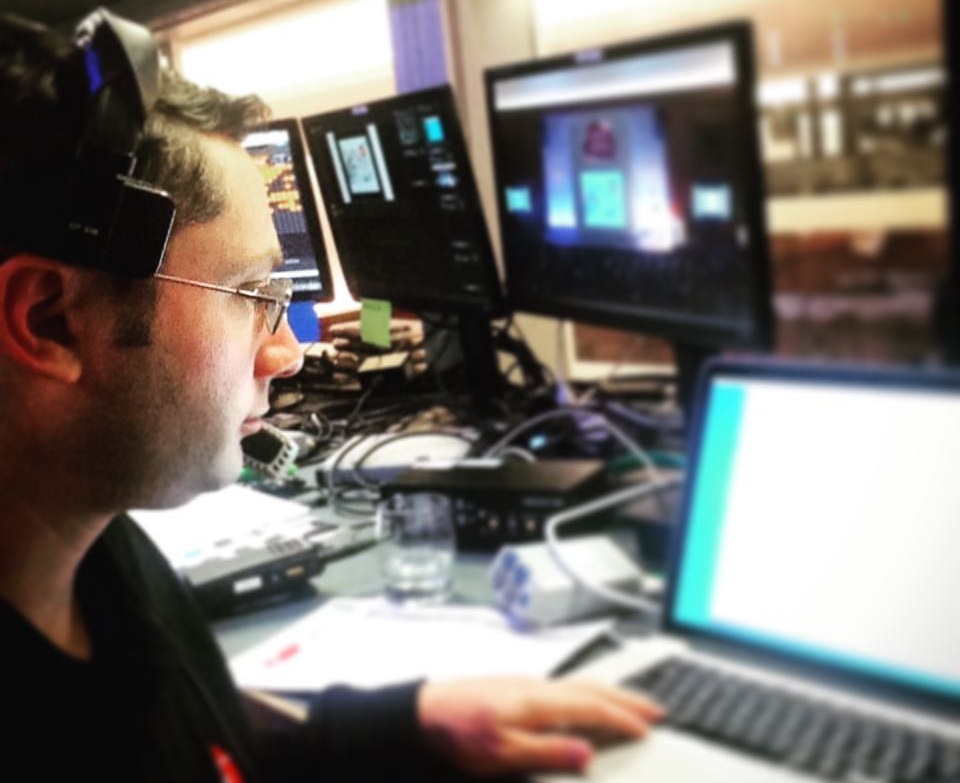Mastering the Art of Flawless Video Mapping on Arched LED Screens for Breathtaking Visual Audience Experiences
Mastering the Art of Flawless Video Mapping on Arched LED Screens for Breathtaking Visual Audience Experiences
Blog Article
Film projection is an innovative technique that allows images and videos to be projected onto areas, creating stunning visual encounters. When it comes to rounded areas, mastering this art can be a bit more difficult than casting onto flat planes. Rounded surfaces can include various elements from the facades of buildings to sculptures and even stages. Grasping how to effectively map footage onto these forms is essential for artists, design professionals, and occasion planners who want to create immersive environments that captivate audiences.
The initial phase in video mapping on curved surfaces is to comprehend the geometry of the surface. Rounded areas can be complex, with different degrees of curvature. To achieve a smooth display, it is vital to create a 3D representation of the area. This representation helps in visualizing how the video will look when cast. Software tools are accessible that permit users to create these representations and mimic the projection. By accurately mapping the dimensions and shapes of the area, designers can ensure that the footage matches perfectly without distortion.
Once the 3D model is prepared, the next step is to edit the footage content. This includes modifying the footage to fit the specific shape and dimensions of the rounded area. It is crucial to consider the perspectives and sightlines from which the audience will view the display. The material should be crafted to improve the visual experience, making it captivating and relevant to the theme of the event or setup. Using premium graphics and animations can significantly improve the total impact of the projection.
After editing the material, the actual projection process begins. This involves placing up the devices at the correct angles and visit this site distances to ensure that the video matches with the 3D model. Calibration is a crucial part of this procedure. It may necessitate modifying the luminosity, contrast, and focus of the devices to achieve the best outcomes. Additionally, using several projectors may be necessary to encompass bigger or more complex surfaces. This technique, known as edge blending, helps form a continuous image across the whole surface.
Finally, testing the display is crucial before the final show. This enables creators to make any required modifications to the video and projector settings. It is also an chance to see how the audience will experience the display from different viewpoints. By confirming that the video projection is perfect, creators can provide a remarkable visual encounter that leaves a lasting impression. Perfecting video mapping on rounded surfaces not only improves creative expression but also creates new possibilities for storytelling and viewer engagement in multiple settings.